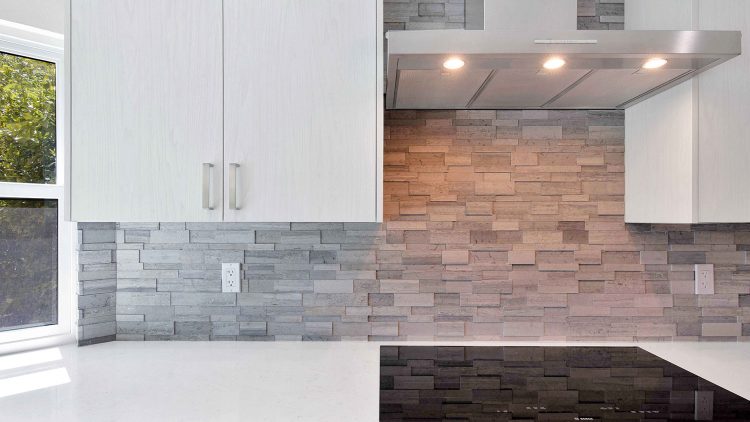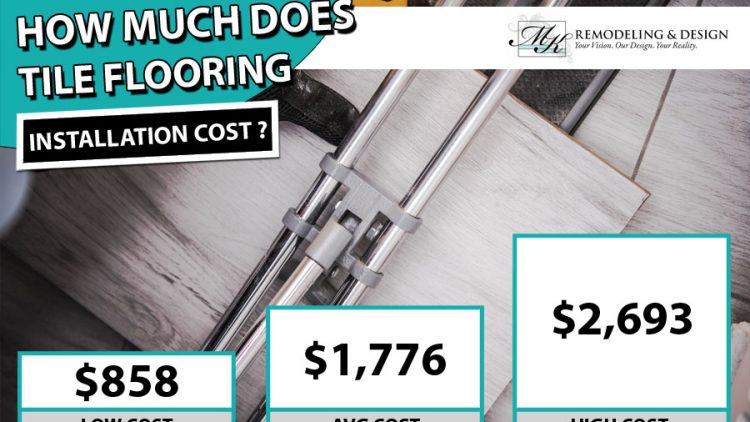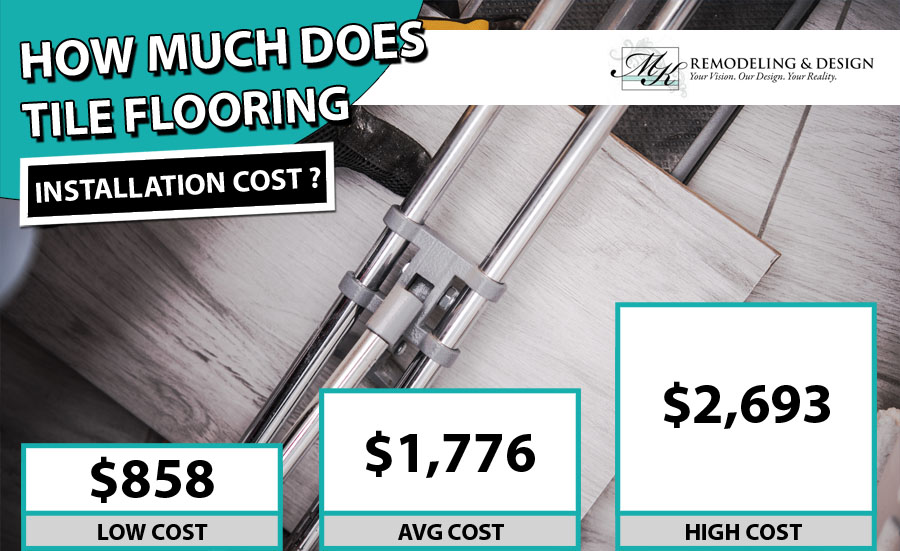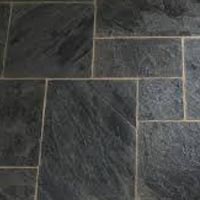Do Gas Ranges Need To Be Vented?
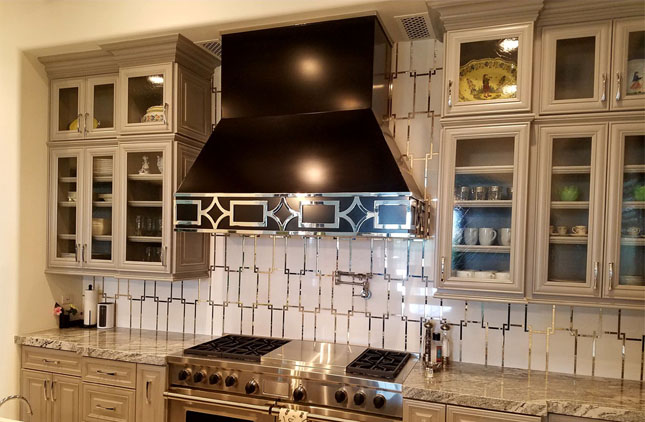
Gas ranges do not always require venting, but it is strongly recommended for safety, indoor air quality, and optimal performance. Here’s why venting is important and when it might be necessary:
Why Venting is Important
- Remove Harmful Byproducts:
- Gas ranges produce combustion byproducts, such as carbon monoxide (CO), nitrogen dioxide (NO₂), and water vapor. Proper venting reduces the accumulation of these gases indoors.
- Improve Indoor Air Quality:
- Cooking releases grease, smoke, and odors that can linger. A vented range hood helps keep your kitchen air clean and fresh.
- Control Moisture and Heat:
- Gas ranges release moisture and heat during use. Venting helps prevent excess humidity and reduces the strain on your HVAC system.
When Venting is Required
- Local Building Codes:
- Some local codes may mandate venting for gas ranges, especially in smaller or tightly sealed homes.
- High-Capacity Burners:
- If your range has high-output burners or is designed for commercial use, venting is often necessary to handle the heat and byproducts.
Types of Venting
- Ducted (External Venting):
- Uses a duct to carry air outside. This is the most effective option for removing pollutants and moisture.
- Ideal For: Heavy cooking, high-capacity ranges, or frequent frying.
- Ductless (Recirculating):
- Filters air through charcoal filters and recirculates it back into the kitchen.
- Ideal For: Homes without duct access, though less effective than ducted systems.
Best Practices for Gas Ranges
- Install a Range Hood: Choose one that meets or exceeds the power of your gas range (measured in cubic feet per minute, or CFM).
- Use Ventilation While Cooking: Always turn on the range hood or open windows when using your gas stove.
- Maintain Equipment: Clean range hood filters and check that ducts are clear for optimal performance.
Exceptions
- In very well-ventilated areas, or if the gas range is rarely used, venting may not be essential. However, even in these cases, occasional use of a vent or opening windows is advisable.
For safety and efficiency, proper venting of gas ranges is a best practice that protects your home and health.
Are Gas Ranges Safer Than Electric Ranges?
The safety of gas ranges compared to electric ranges depends on several factors, including installation, maintenance, and usage. Here’s an analysis of the safety aspects of both types of ranges:
Gas Ranges
Advantages:
- Immediate Heat Control:
- Gas burners heat and cool quickly, reducing the risk of accidental burns from lingering heat.
- Works During Power Outages:
- Gas ranges can be used during electrical outages (manual ignition may be required).
Potential Safety Risks:
- Gas Leaks:
- A poorly maintained or improperly installed gas range can leak gas, posing explosion or fire risks.
- Carbon Monoxide (CO) Emissions:
- Incomplete combustion can produce harmful CO. Proper ventilation and functioning detectors are critical.
- Open Flames:
- The visible flame increases fire risks if flammable materials come too close.
Electric Ranges
Advantages:
- No Open Flames:
- Safer for preventing fires from contact with combustible items.
- No Gas Leaks:
- Removes the risk of gas-related hazards.
- Cool Surface Options:
- Induction cooktops provide heat directly to cookware, keeping surfaces relatively cool.
Potential Safety Risks:
- Residual Heat:
- Electric burners stay hot longer after being turned off, increasing the risk of burns.
- Electrical Hazards:
- Faulty wiring or damaged elements can pose a shock or fire hazard.
- Slow Heat Adjustment:
- Slower response time may lead to overheating food or cookware.
Which is Safer?
- Gas Ranges Are Safer If:
- Proper ventilation (e.g., a range hood) is in place to manage fumes.
- The range is regularly inspected for leaks or wear.
- CO and smoke detectors are installed and functioning.
- Electric Ranges Are Safer If:
- You are concerned about eliminating risks of gas leaks or CO poisoning.
- Induction cooking is an option, as it minimizes direct heat exposure.
General Safety Tips for Both:
- Keep the Area Clear: Keep flammable materials (e.g., towels, papers) away from burners.
- Monitor Cooking: Never leave food unattended on a hot burner.
- Child Safety: Use burner covers or controls to prevent accidental use.
- Regular Maintenance: Periodic inspections and cleaning can prevent most safety issues.
Conclusion
Neither gas nor electric ranges are inherently “safer” than the other; the overall safety depends on proper use, maintenance, and precautions. Gas ranges introduce risks related to combustion, while electric ranges can cause burns from residual heat or shocks from faulty wiring. Choose the type that aligns with your household’s needs, and follow recommended safety practices.
GET A KITCHEN RANGE HOOD QUOTE IN MESA HERE!
Are you thinking about installing a kitchen range hood in Mesa, Arizona? MK Remodeling offers professional and affordable remodeling services including kitchen remodeling in many areas of the Phoenix, Arizona area.

